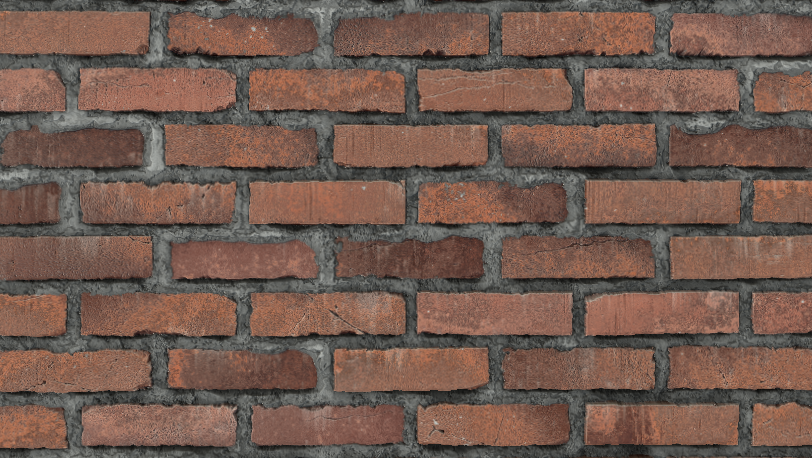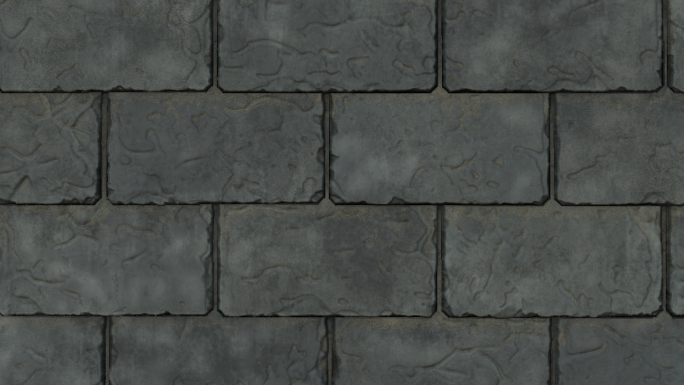Hey everyone, I'm starting my blog about Level art. I'm always trying to take notes and capture pipelines and tricks which work for me. I have collected them since I started my game dev career. I decided to publish them because it's a big shame to lose them. Maybe they would be helpful for some beginner artists. Please be aware I am not an expert, so everything posted here is my opinion, assumptions, and observations. I could be wrong.
Let's start with the core skill for the level artist - Composition. It's just the first stage of the art pass on the level and one of the quickest. And here is my observation. Most of the games skip this stage. Some of them prefer believability over art direction. Others prefer movement flow over storytelling. So it's common for level artists to work for years but never do the composition setup. However, we still need to know how composition works and even practice it.
Today I'm trying to escape the level optimization routine, which I have at the job. So I'm playing around with Procreate on my tablet, doing some simple exercises on basic art principles. The key is to simulate the work environment and create 5 quick iterations, with quick mind gymnastics trying to answer potential questions.
exercise
Based on my experience as a Level Artist. Usually, I take blockouts from Level Designers. Then, we have a kickoff call where LDs try to explain their ideas. Levels flow, atmosphere, and the importance of the different paths and points of interest. The first thing you do on the level - is set up the composition to meet the main POIs and player paths. Our main exercise today is to exercise this stage. Imagine that we have already taken the blockout and productive kickoff call. Look at our theoretical blockout from LD. He produced the most frequent fork-type path in the games, made it symmetrical and highlighted the main direction for the player.
Iteration
Let's start by playing around with shape types. A circle can be a good solution. It creates noticeable contrast and separates our main path from the rectangular shapes.
But there is a problem. We made a tube from the corridor, and now our LD is dissatisfied. The space feels very narrow. Let's fix this up by using an arch instead of a circle. Well, it looks better!
Everything was fine, but there were no arches in the project assets. You could ask the guy from the environment team to create the new one. But nobody wants to make the new assets only for one place from hundreds. It's easier to find another solution. What about cutting a corner from the wall in the centre? Well, it works. In this case, the wall is a leading line to the entrance.
And our LD is upset again. We are supposed to be strict and precise with the blockout. But we are just throwing the big chunk from it, which can be cover for the player. Maybe we can set up our composition without changing the big shapes? Well, we can use the leading lines instead. Let's place some cables from the right side and throw them to the right corridor.
And here we are. Perfect, but not for me. Honestly, cables are not the ideal choice for this place. Let's try another idea.
Fine, it's an average result for the production. Can we do it better? Yes. Do we need to focus so much on such a mediocre location? No. But let's imagine the uncommon, where we are supposed to focus on such things. Playing with players' minds and beliefs.
Extra iteration with *
Our imaginable LD swapped the main path to the left corridor and right as a secondary. He wants us to highlight the main walkway. He also wants to make the player choose the secondary pathway. The secondary path is difficult but has an award for the player.
Conclusion
Contrast is the key. The trick is always adding an element that exhibits differences from another group of elements. Shape contrast can drastically change the way you are looking at the scene. It's the most powerful and obvious way of visual communication. There are some cases where we're unable to change the big shapes. In such situations, we can use mid-sized shapes. The details amount can used as contrast. It also works in the reverse direction. The visual language has a giant amount of depth. In the current exercise, I used only shapes and details complexity to achieve the result. But there are always other tools like light, shadow, and colour.

